November 10, 2016
“No loyal citizen of the United States should be denied the democratic right to exercise the responsibilities of his citizenship, regardless of his ancestry….Americanism is not, and never was, a matter of race or ancestry.” Franklin D. Roosevelt wrote these words on February 3, 1943, just one year after he signed Executive Order 9066. Even though their families were unjustly incarcerated precisely because of their “race and ancestry,” thousands of young Nisei joined the U.S. Army between 1940 and 1945.
Much decorated for their valor and often cited as being part of the most decorated unit in World War II for its size and length of service, Japanese Americans served in the U.S. armed forces in disproportionate numbers. While many served in combat units, others served as translators and interpreters in the Military Intelligence Service. In less than two years, one of their best known units—the 100th Battalion/442nd Regimental Combat Team—compiled an astonishing combat record. But this segregated unit, which was almost entirely comprised of Japanese Americans, suffered an equally remarkable number with about 800 men killed or missing in action. Because of the unique role they played during and after the war, Japanese American war veterans continue to play an influential role in the community. (Read more: Japanese Americans in military during World War II)
During World War II, many second-generation Japanese American (Nisei) women wore U.S. military uniforms. Nisei women contributed to U.S. war efforts in various ways, including as army personnel, military nurses and doctors, and Military Intelligence Service linguists. The history of Nisei women in the U.S. military began when the Army Nurse Corps (ANC) and the Women’s Army Corps (WAC) started to accept women of Japanese descent in 1943. The backgrounds, experiences, and struggles of Nisei women who served in these corps have just started to be revealed in the last couple of decades by scholars. (Read more: Japanese American women in military)
Photographs from the Seattle Nisei Veterans Committee and the U.S. Army collection and other archives give us a sense of daily life for the Japanese American men and women who served in World War II. (Scroll all the way down for our recommended books and films on this subject.)
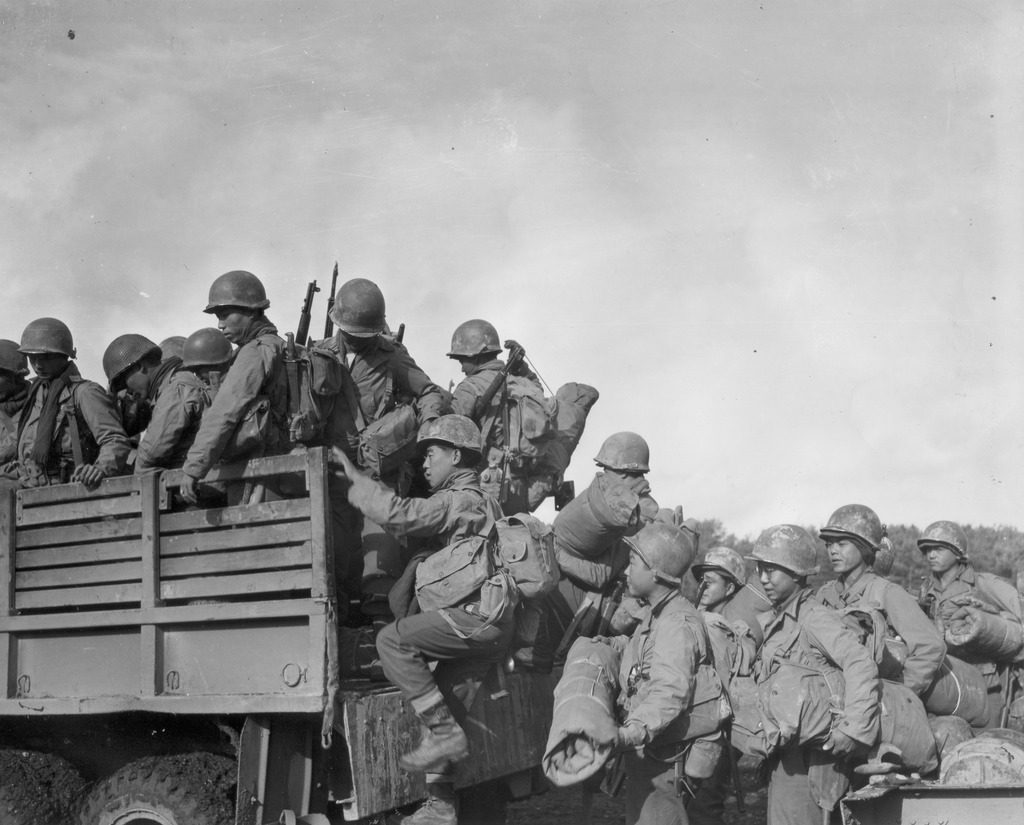

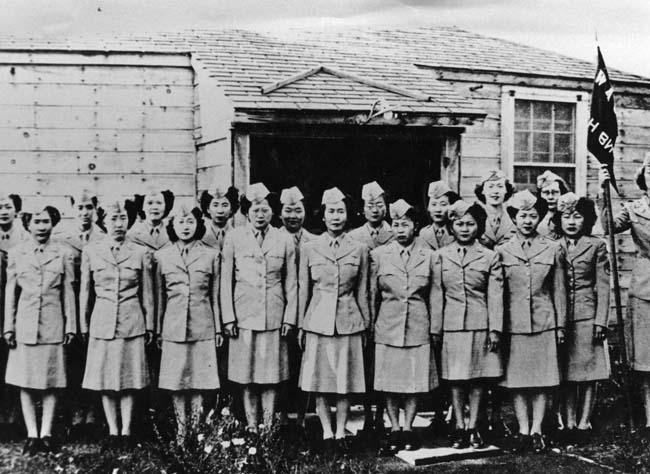
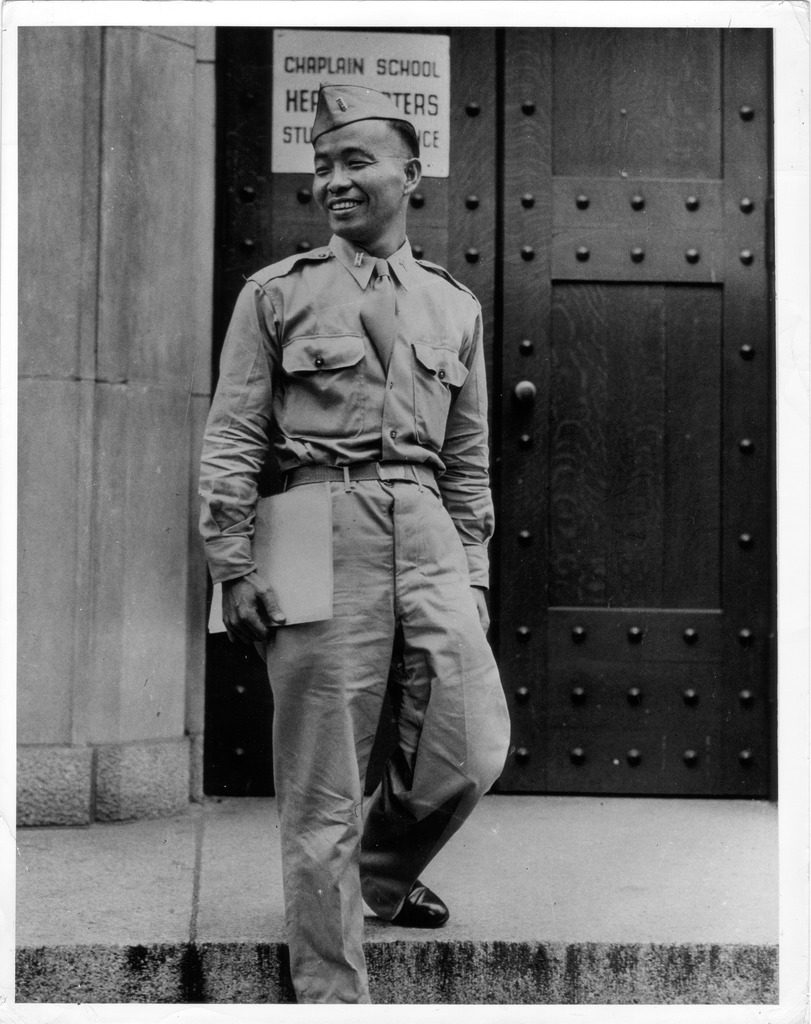


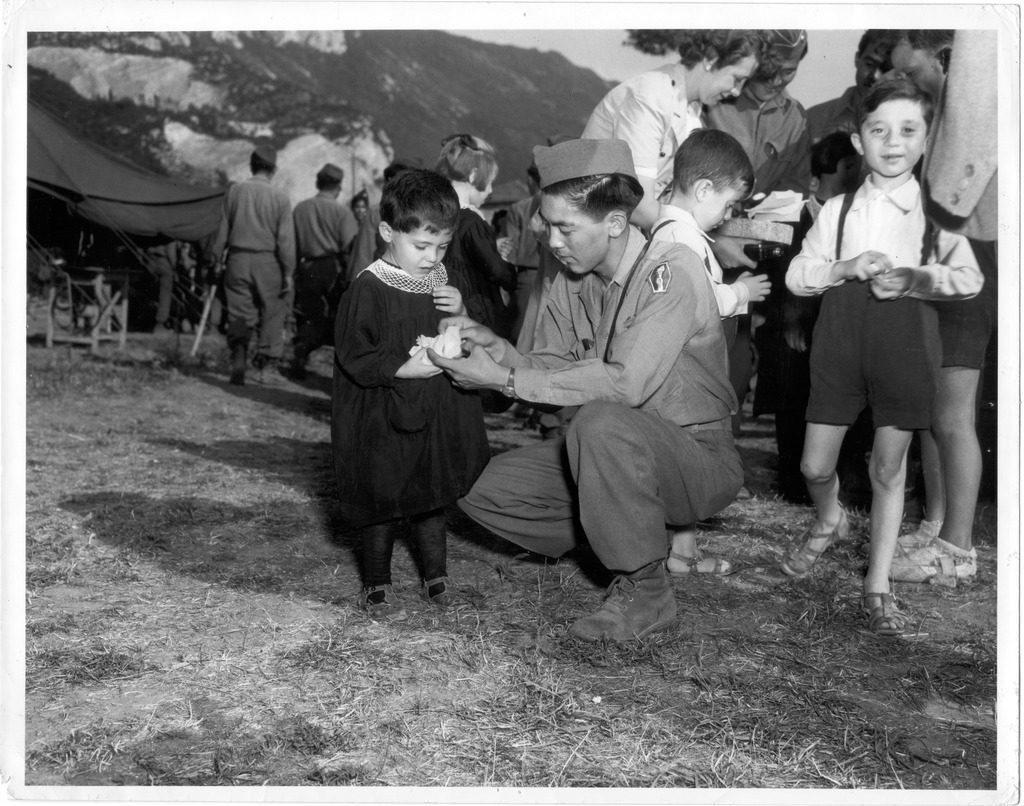
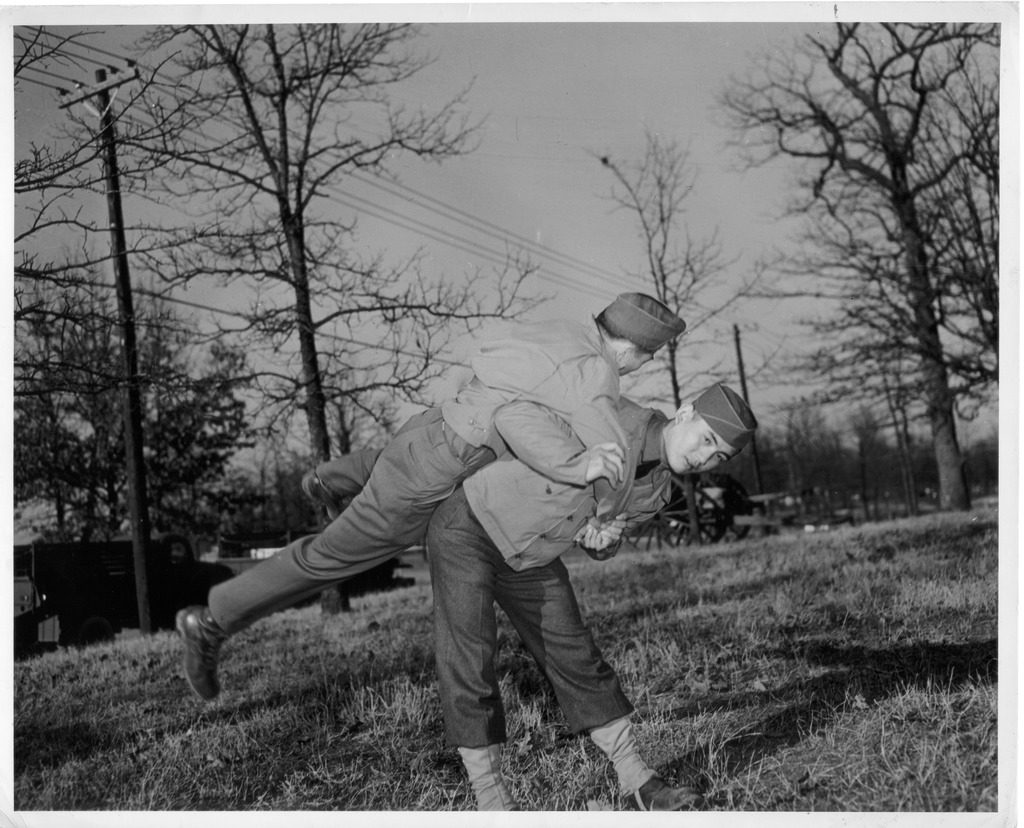
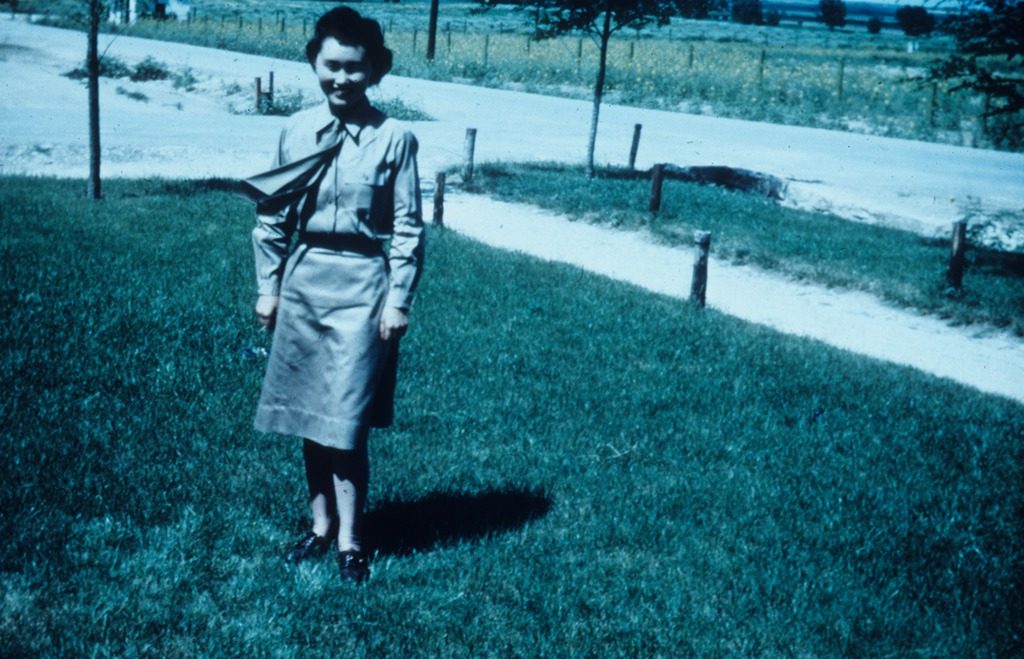




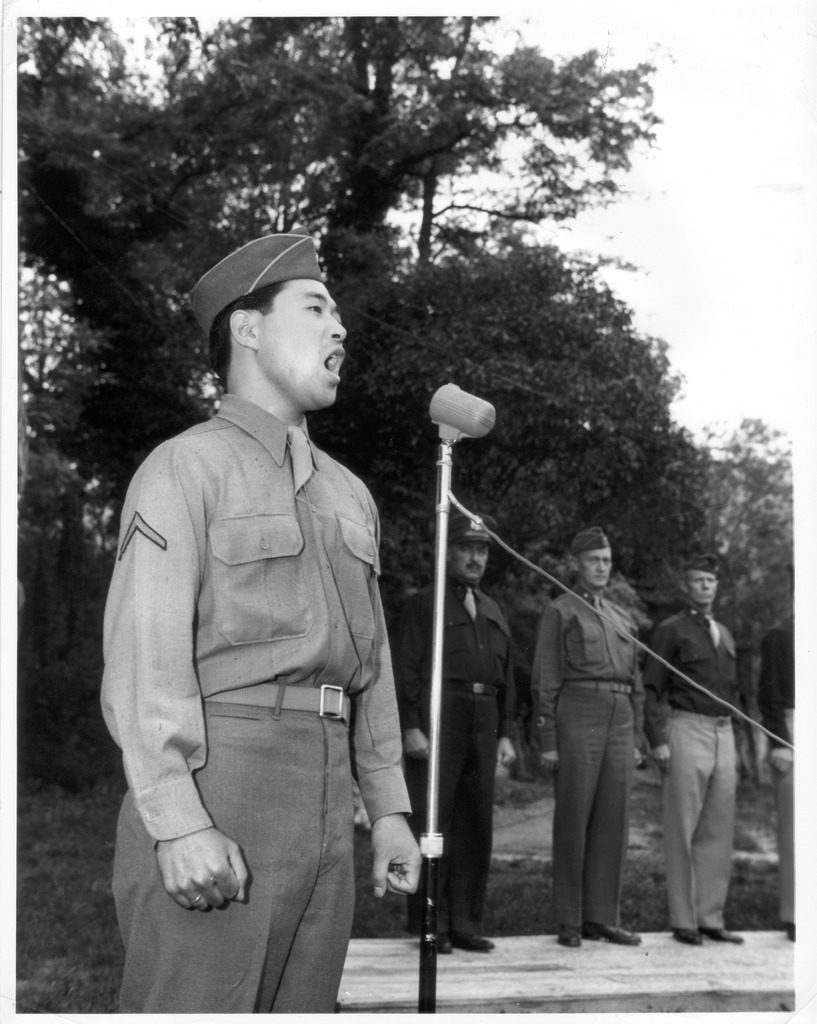
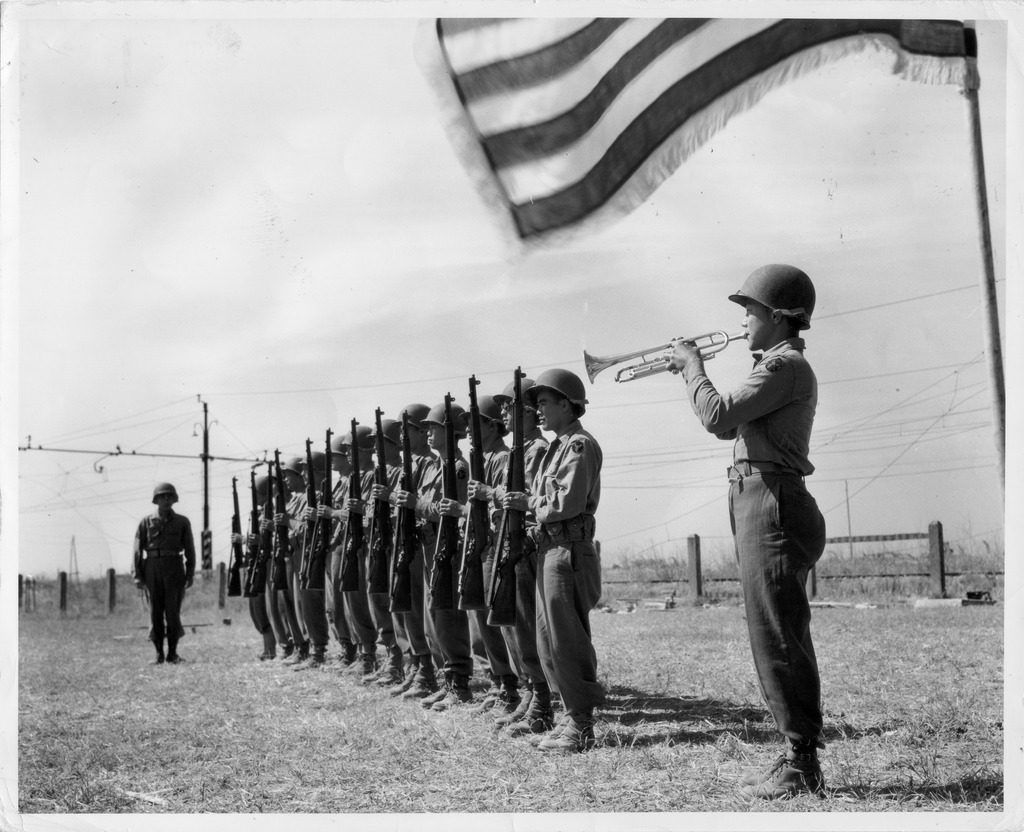
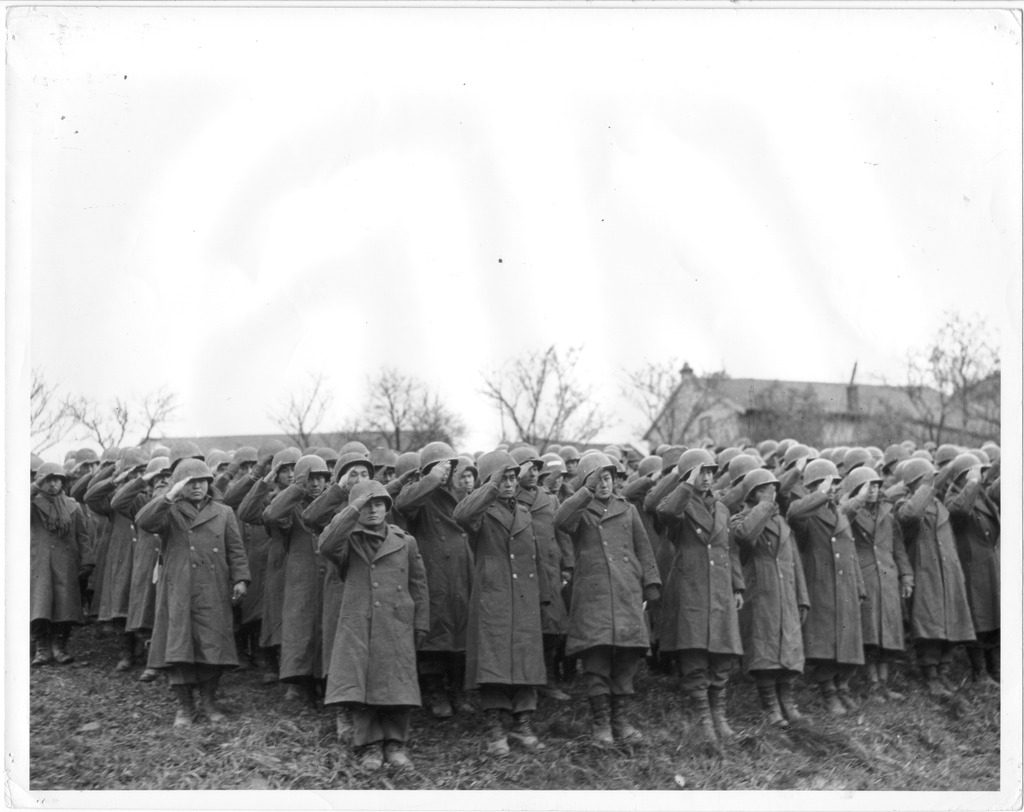
Resource List (curated by Densho Content Director Brian Niiya)
1. Watch oral history clips of Nisei military service here.
2. Book recommendations
Among the broader works are:
- Masayo Duus’s Unlikely Liberators: The Men of the 100th and 442nd (University of Hawaii Press, 1987)
- James C. McNaughton’s Nisei Linguists: Japanese Americans in the Military Intelligence Service during World War II (Department of the Army, 2006)
- Brenda Moore’s Serving Our Country: Japanese American Women in the Military during World War II (Rutgers University Press, 2003); Franklin Odo’s No Sword to Bury: Japanese Americans in Hawai’i during World War II (Temple University Press, 2003)
- Japanese Eyes… American Heart: Personal Reflections of Hawaii’s World War II Nisei Soldiers (Tendai Educational Foundation, 1998)
Some significant stories of individual Nisei soldiers include:
- Ralph G. Martin’s biography of Ben Kuroki, The Boy from Nebraska (Harper & Row, 1946)
- Daniel Inouye’s memoir Journey to Washington (with Lawrence Elliott, Prentice-Hall, 1967)
- Pamela Rotner Sakamoto’s Midnight in Broad Daylight (Harper/HarperCollins Publishers, 2016)
3. Film recommendations
The early films by Loni Ding including Nisei Soldier: Standard Bearer for an Exiled People remain among the best introductions to the story. Among the many worthwhile films on more specific aspects of the story are Looking Like the Enemy (directed by Bob Nakamura, 1996), Journey of Honor (directed by Stuart Yamane, 2001), and Honor & Sacrifice: The Roy Matsumoto Story (directed by Lucy Ostrander & Don Sellers, 2013).
4. Children’s book recommendations
For younger children, Ken Mochizuki and Dom Lee’s Heroes (Lee & Low Books, 1995) is a worthwhile introduction. For older kids, Graham Salisbury dramatizes the bizarre and little known story of Nisei soldiers being used as “bait” in a program that attempted to train attack dogs to recognize the “Japanese scent” in Eyes of the Emperor (Wendy Lamb Books, 2005). Salisbury’s Hunt for the Bamboo Rat (Wendy Lamb Books, 2014) is based on the hard-to-believe saga of Nisei intelligence agent Richard Sakakida.
—
By Natasha Varner with material excerpted from Brian Niiya’s “Japanese Americans in military during World War II” and Marie Sato’s “Japanese American women in military” encyclopedia entries.
[Header: Original caption: Japanese-American Infantrymen of the 100th Infantry Battalion, 34th Division, moving up to the front, on a dusty road in the Volletri area, Italy. May 28, 1944. Courtesy of the Seattle Nisei Veterans Committee and the U.S. Army.]

